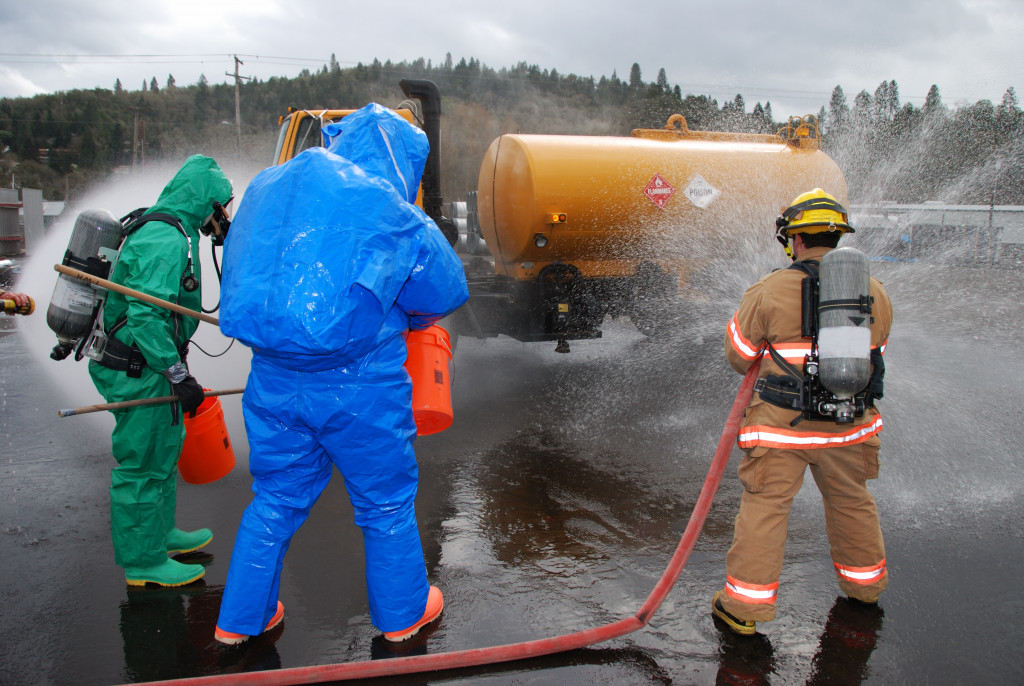If you own a business that deals with hazardous materials, you know that there are a lot of regulations surrounding the transportation of these materials. Ensuring that you comply with all the regulations can be a daunting task, but it’s important to ensure the safety of both your employees and the public. Here are six tips to help you transport hazardous materials safely and compliantly.
1. Know the Regulations
The first step to safely transporting hazardous materials is to know the regulations. Familiarize yourself with the Hazardous Materials Regulations (HMR) from the Department of Transportation (DOT). These regulations outline what you can and cannot do when transporting hazardous materials. Not complying with the HMR can result in significant fines and penalties, so it’s important to take the time to understand them.
You should also be familiar with the Emergency Planning and Community Right-to-Know Act (EPCRA). This act requires businesses to disclose information about the hazardous materials they use and transport. This act aims to help communities prepare for emergencies that might involve hazardous materials.
2. Use Appropriate Packaging
Once you know the regulations, you must ensure that you use the appropriate packaging for your hazardous materials. The type of packaging will depend on the specific material you’re transporting. For example, flammable liquids should be transported in metal or glass containers with screw caps or plugs.
Companies like americase can provide you with the appropriate packaging for your hazardous materials. They offer a variety of products, such as industrial containers, that are designed to meet DOT regulations. If you’re not sure what type of packaging you need, they can help you choose the right option for your material.
3. Label Containers Properly
In addition to using appropriate packaging, you must also ensure that your packages are correctly labeled. The labeling must include the proper shipping name, identification number, hazard class, and packing group. You must also include a placard on each side and end of your vehicle that matches the material you’re transporting.
While it might seem like a lot of information to include on a label, first responders must have all the information they need in an emergency. Also, failing to include the required information can result in significant fines.

4. Train Your Employees
Your employees who will be involved in transporting hazardous materials also need to be properly trained. They should understand the dangers associated with the material they’ll be handling and how to properly package, label, and transport it. You can find training resources on the DOT website.
You should also have a written plan that outlines how you’ll respond to an accident or spill. This plan should be reviewed and updated regularly. Your employees should be familiar with the plan and know what their role is in the event of an accident.
5. Inspect Your Vehicles
Before transporting any hazardous materials, you must inspect your vehicle to ensure it’s in good working order. Here are some things you should check:
- Tires: Check the tread depth and look for any signs of damage.
- Brakes: Ensure that your brakes are in good condition and that the brake fluid is at the proper level.
- Lights: All of your lights, including your turn signals, should be working properly.
- Load: The load must be properly secured and cannot block your view.
While you’re inspecting your vehicle, you should also check the weather conditions. If it’s raining or snowing, you might need to adjust your speed or take other precautions. No matter the weather, you should always drive carefully when transporting hazardous materials.
6. Keep Records
You’ll also need to keep records of all shipments of hazardous materials that leave your facility. These records must include information such as the shipper’s name and address, description of the material, quantity shipped, and destination information. DOT requires that these records be kept for at least three years.
You should also have an emergency response plan outlining how to respond to an accident. This plan should be reviewed and updated regularly. Your employees should be familiar with the plan and know what their role is in the event of an accident. They should also have a list of contacts for each material they’re transporting in case they need assistance understanding how to deal with a spill or leak.
There you have it! These are just a few tips to help you transport hazardous materials safely. Remember to always follow DOT regulations and keep your employees properly trained. So long as you do those things, you should be able to transport hazardous materials without any problems.

